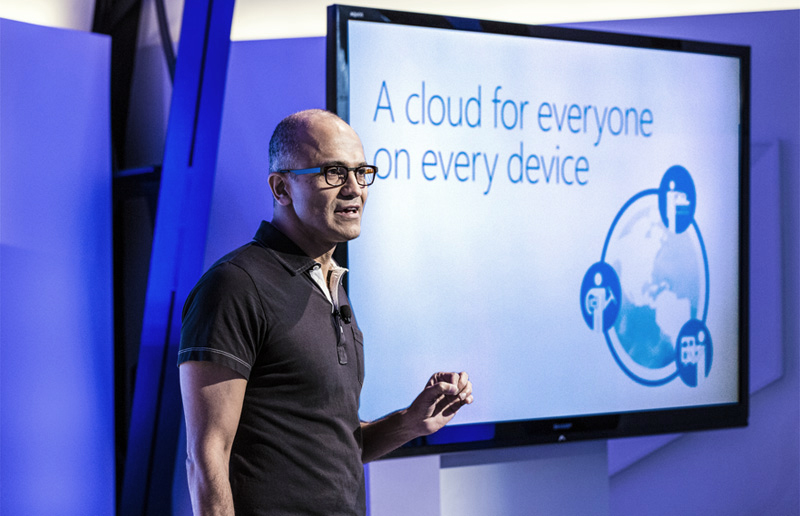
- 2 Min Read / Blog / 3.2.2020

On the heels of its recent push for “Universal Windows Apps” that run on both Windows Phone and desktop Windows, Microsoft CEO Satya Nadella announced in a quarterly conference call that the company intends to develop one version of Windows that runs on “screens of all sizes.” While the company released tools at its annual BUILD conference to help developers create apps that run on both desktop and mobile, this new announcement suggests a completely new generation of Windows devices that share a common operating system.
The company’s existing developer tools allow Windows app makers to work from a common app template, write some of their code to be shared between tablets, PCs, and mobile, and easily submit one app package to both the Windows Store for desktops and the Windows Phone Store. This initiative was designed to encourage developers to consider working on the platform, which has had difficulty attracting interest from popular app makers like Instagram and Pinterest.

Despite what their names suggest, Windows Phone and Windows 8 are completely different platforms today. Microsoft currently develops a few different versions of its desktop-class Windows operating system, including Windows 8.1, which includes all features and runs desktop applications, and Windows 8.1 RT, which is targeted at tablets and runs only “Metro” style applications from the online Windows Store. The latest major version of its Windows Phone software was a ground-up rewrite of Microsoft’s dated Windows Mobile platform, and adopted the modern interface familiar to Windows 8 users today.
Introducing even more complexity into Microsoft’s Windows family is ts Xbox One game console, which runs a custom interface called Xbox One Dashboard on top of a version of Windows RT, and Windows Embedded 8, designed for use on specialized devices in hotels and retail stores. It’s unclear how these platforms will be included in Nadella’s unification plans.
This initiative differs from strategies adopted by Microsoft’s primary competitors Apple and Google, who offer dual platforms for desktop and mobile in the forms of OS X with iOS and Chrome OS alongside Android, respectively. However, both companies have recently begun exploring new ways to integrate their platforms. Google announced at its I/O conference this June that full Android applications will run natively on the next generation of Chromebook devices, while Apple is looking to tie its upcoming OS X Yosemite and iOS 8 closer together with what it calls “Continuity” features, like app and phone call handoff between devices over Bluetooth.
For developers, crafting an app that runs on both PCs and mobile devices is anticipated to take significantly less effort. So far, the Windows Phone platform has had difficulty attracting the developer attention that iOS and Android have enjoyed. While Windows Phone hasn’t seen the kind of market penetration its competitors have, Windows 8 commands millions of desktop customers around the world, meaning that a universal Windows-compatible app has more of an opportunity to be successful than exclusively Windows Phone apps do today.
For Windows users, the prospect of a universal operating system for all the screens in their life—their PC, smartphone, tablet, and living room entertainment system—could mean unmatched continuity between devices. Certain Windows Phone features, like 8.1’s popular Cortana virtual assistant, would make their way to desktop and tablet screens, and presumably keep track of user data and preferences between devices and experiences.
While Google attracts users with the seamlessness of its cloud services, and Apple sells on its top-notch hardware, Microsoft can continue to position its products as “one experience for everything in your life”—but this time, it can boast a unified OS to match its marketing message.